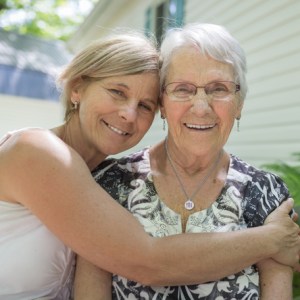
If I am in a car accident, or if I fall, I know my MedicAlert is the key to keeping me well. Any emergency responder will see my medical ID bracelet and wallet card, and they know that they need to call the Emergency Response Team at MedicAlert before doing anything.”
Sarah, MedicAlert Member since 2018


